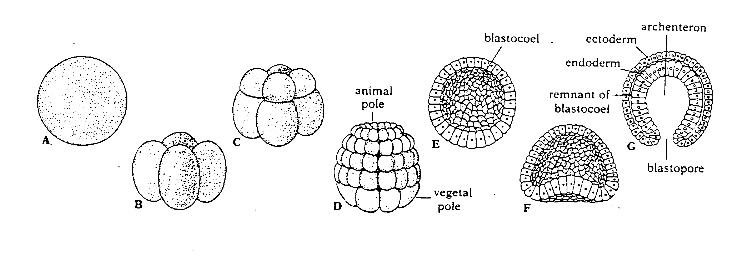

These defects can be bypassed by activating mutations in ⍺-catenin. Defects in SRGP-1 function lead to defects in the clustering of ⍺-catenin that are important for strengthening cell-cell adhesion. We found that two parts of a protein known as SRGP-1/srGAP are important for the formation of “rosettes” at the end of gastrulation: a part that binds membranes and another that binds a key adhesion protein known as HMP-1/α-catenin. elegans, as a model system to investigate how cells on the surface seal gaps left behind as cells move into the interior. We used the early embryo of the nematode, C. Gastrulation often involves the movement of cells initially on the surface to the interior, where they serve as founder cells for the formation of key tissues in the embryo. Our work identifies new roles for ⍺-catenin interactors during a process crucial to metazoan development.Ī key feature of early embryonic development in animals is gastrulation. We propose that SRGP-1/srGAP promotes nascent junction formation in rosettes as junctions mature and sustain higher levels of tension, the M domain of HMP-1/⍺-catenin opens, allowing maturing junctions to transition from recruitment of SRGP-1/srGAP to AFD-1/afadin. AFD-1/afadin is prominently expressed at the vertex of neuroblast rosettes in wildtype, and depletion of AFD-1/afadin increases cleft closure defects in srgp-1/srGAP and hmp-1 R551/554A /⍺-catenin backgrounds. A good candidate is AFD-1/afadin, which genetically interacts with cadherin-based adhesion later during embryonic elongation. Since SRGP-1 binding to HMP-1/⍺-catenin is not favored in this case, we sought another HMP-1 interactor that might be recruited when HMP-1/⍺-catenin is constitutively open.

A mutant form of HMP-1/⍺-catenin with an open M domain can suppress cleft closure defects in srgp-1 mutant backgrounds, suggesting that this mutation acts as a gain-of-function allele. Loss of the SRGP-1/srGAP C-terminus or F-BAR domain results in defects in rosette formation and defective clustering of HMP-1/⍺-catenin in surface cells during cleft closure. Deletion of the SRGP-1/srGAP C-terminal domain led to a comparable rate of cleft closure failure, whereas deletion of the N-terminal F-BAR region resulted in milder defects. We found that a nonsense allele of srgp-1/srGAP leads to 10–15% cleft closure failure. elegans the end of gastrulation is marked by the closure of the ventral cleft, a structure formed as cells internalize during gastrulation, and the subsequent rearrangement of adjacent neuroblasts that remain on the surface. A hallmark of gastrulation is the establishment of germ layers by internalization of cells initially on the exterior.


 0 kommentar(er)
0 kommentar(er)
